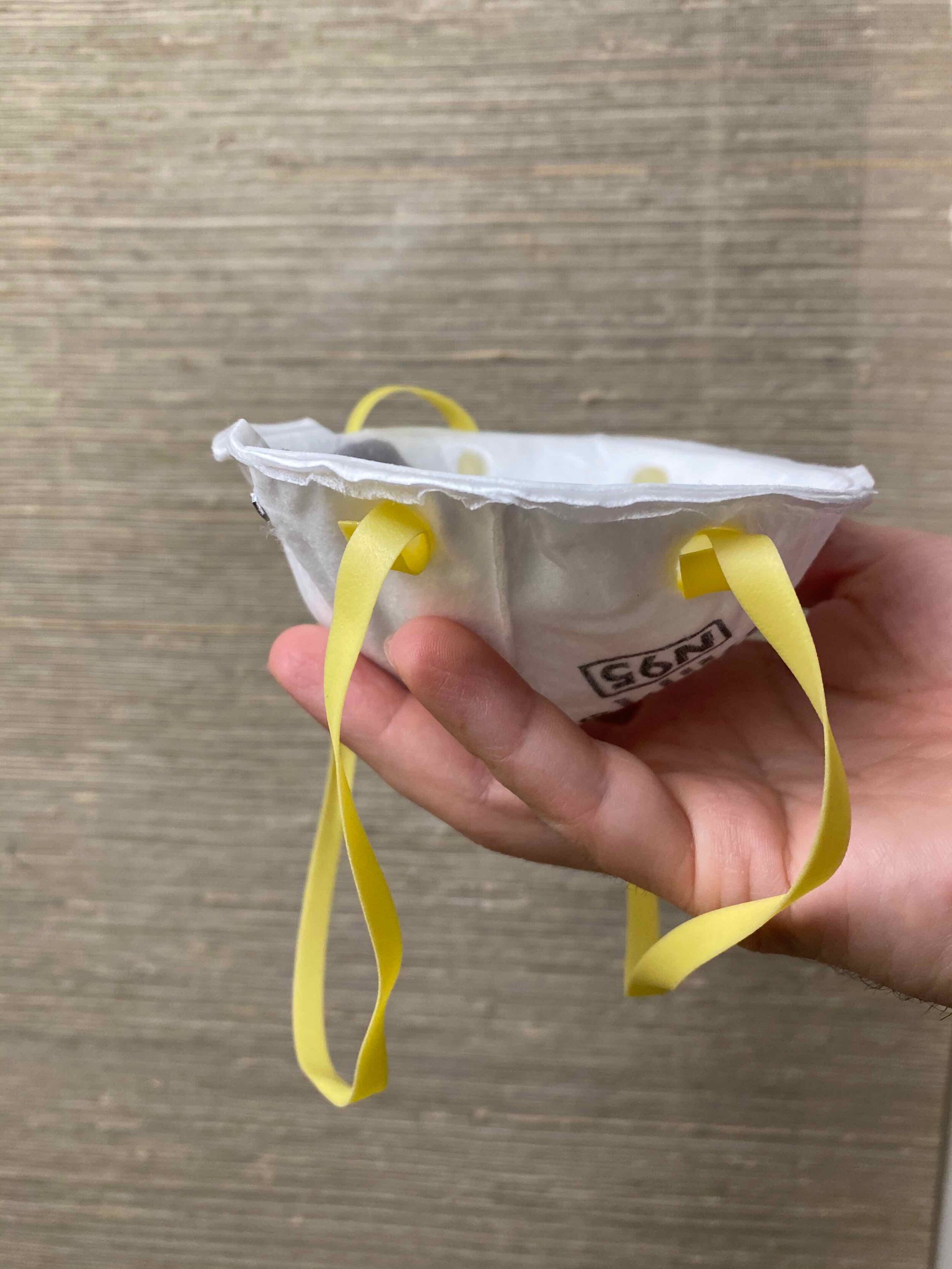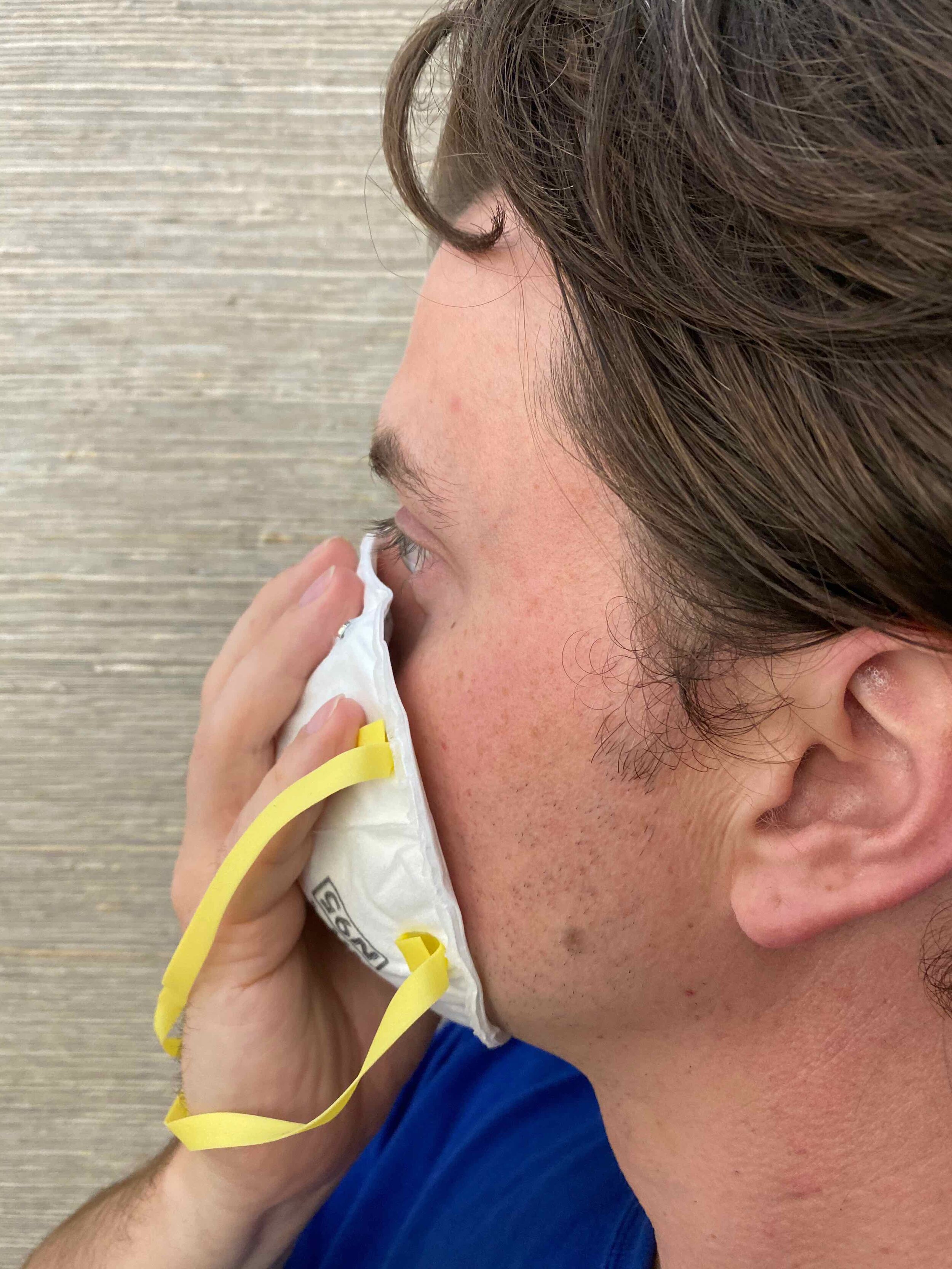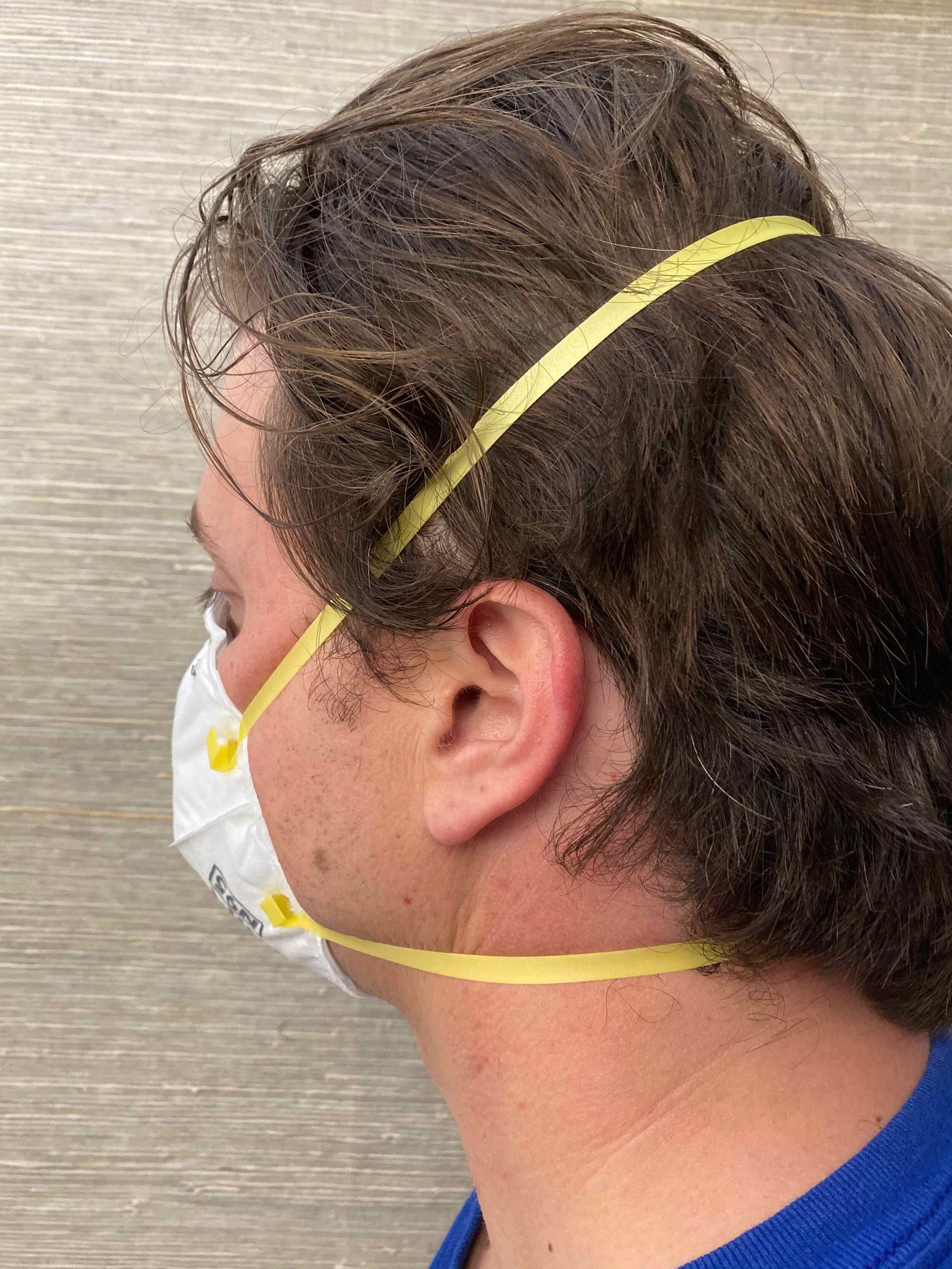On April 8, OSHA expanded enforcement guidance on N95/filtering facepiece fit testing to include all employment sectors
OSHA issued guidance to its compliance officers on March 14, 2020 to use discretion when enforcing the annual fit testing requirement for N95 and other filtering facepiece respirators in healthcare settings. Protection of workers exposed to other respiratory hazards in other industries is impacted by the filtering facepiece shortage resulting from the response to the COVID-19 pandemic. On April 8, OSHA expanded its enforcement guidance for healthcare employers to apply to other employment sectors.
What does this guidance mean for your organization?
For employers who have a developed respiratory protection program and have done initial fit testing, OSHA has issued guidance to use discretion when enforcing the annual fit testing requirement for N95 and other filtering facepiece respirators. However:
• This only applies where the employee wears the same model, size and style respirator that the worker was fit tested on. If a different respirator is substituted, you must conduct fit testing before using these respirators in the workplace, with the following caveats:
o In the absence of quantitative or qualitative fit-testing capabilities, if the respirator model used during fit testing is unavailable, consult the manufacturer to see if it recommends a different model that fits similarly to the model used previously by employees.
o During this COVID-19 pandemic, OSHA field offices have been directed to exercise enforcement discretion when an employer switches to an equivalent-fitting make/model/size/style N95 or other filtering facepiece respirator without first performing an initial quantitative or qualitative fit test.
• Fit testing must also be conducted if there have been changes in the employee’s physical condition that could affect respirator fit (e.g., facial scarring, dental changes, cosmetic surgery, or obvious changes in body weight).
• If fit testing supplies are limited, prioritize use of fit-testing equipment to protect employees who must use respirators for high-hazard procedures.
• Workers should also conduct a user seal check each time they don the respirator to ensure they are getting an adequate seal.
• Employers should also assess their engineering controls, work practices, and administrative controls on an ongoing basis to identify any changes they can make to decrease the need for N95s or other filtering facepiece respirators.
o When reassessing these types of controls and practices, employers should, for example, consider whether it is possible to increase the use of wet methods or portable local exhaust systems or to move operations outdoors.
o In some instances, an employer may also consider taking steps to temporarily suspend certain non-essential operations.
• Please note that appropriate respiratory protection is required for all healthcare personnel providing direct care of COVID-19 patients.
Guidance on use of out-of-date respirators
OSHA is also permitting the use of out-of-date (expired) N95s for some activities. Expired N95s generally must not be used when healthcare providers perform surgical procedures on patients infected with, or potentially infected with, SARS-CoV-2, or perform or are present for procedures expected to generate aerosols or procedures where respiratory secretions are likely to be poorly controlled (e.g., cardiopulmonary resuscitation, intubation, extubation, bronchoscopy, nebulizer therapy, sputum induction).
If available, other filtering facepiece respirators (such as P100, R99), non-disposable elastomeric respirators and PAPRs that are still within their manufacturer’s recommended shelf life should be used before using respirators that are beyond their manufacturer’s recommended shelf life. Surgical masks and eye protection may be used as an interim measure against splashes and large droplets but are not respirators, and do not provide protection against aerosol-generating procedures. Engineering and administrative controls to reduce the need for respiratory protection should be implemented to protect employees.
Fit testing for other respirator types:
As of April 9, annual fit testing requirements for other types of respirators (e.g., half face, full face) have not been waived. Employers using these types of respirators should continue to perform annual fit testing as required by 29 CFR § 1910.134. Please note that the above guidance is specifically for healthcare, NOT general industry. General industry covered by OSHA Regulations are still required to follow all applicable OSHA Rules and Regulations and are required to perform annual respirator fit testing based on their current annual requirements timeline.
Written by Kirsten Romero - Certified Industrial Hygienist
See the full text of OSHA’s guidance here:
https://www.osha.gov/memos/2020-03-14/temporary-enforcement-guidance-healthcare-respiratory-protection-annual-fit
https://www.osha.gov/memos/2020-04-03/enforcement-guidance-respiratory-protection-and-n95-shortage-due-coronavirus
https://www.osha.gov/memos/2020-04-08/expanded-temporary-enforcement-guidance-respiratory-protection-fit-testing-n95
If you have questions about N95 respirators, OSHA Fit Test Standards, about fit testing or any other workplace safety questions, please don’t hesitate to contact our team @ 800-331-3218. We are here to help!
*** Disclaimer: This material has been prepared for general informational purposes only and is not intended to be relied upon for occupational health and safety reasons, legal or other professional advice. Please refer to your advisors for specific advice.

















